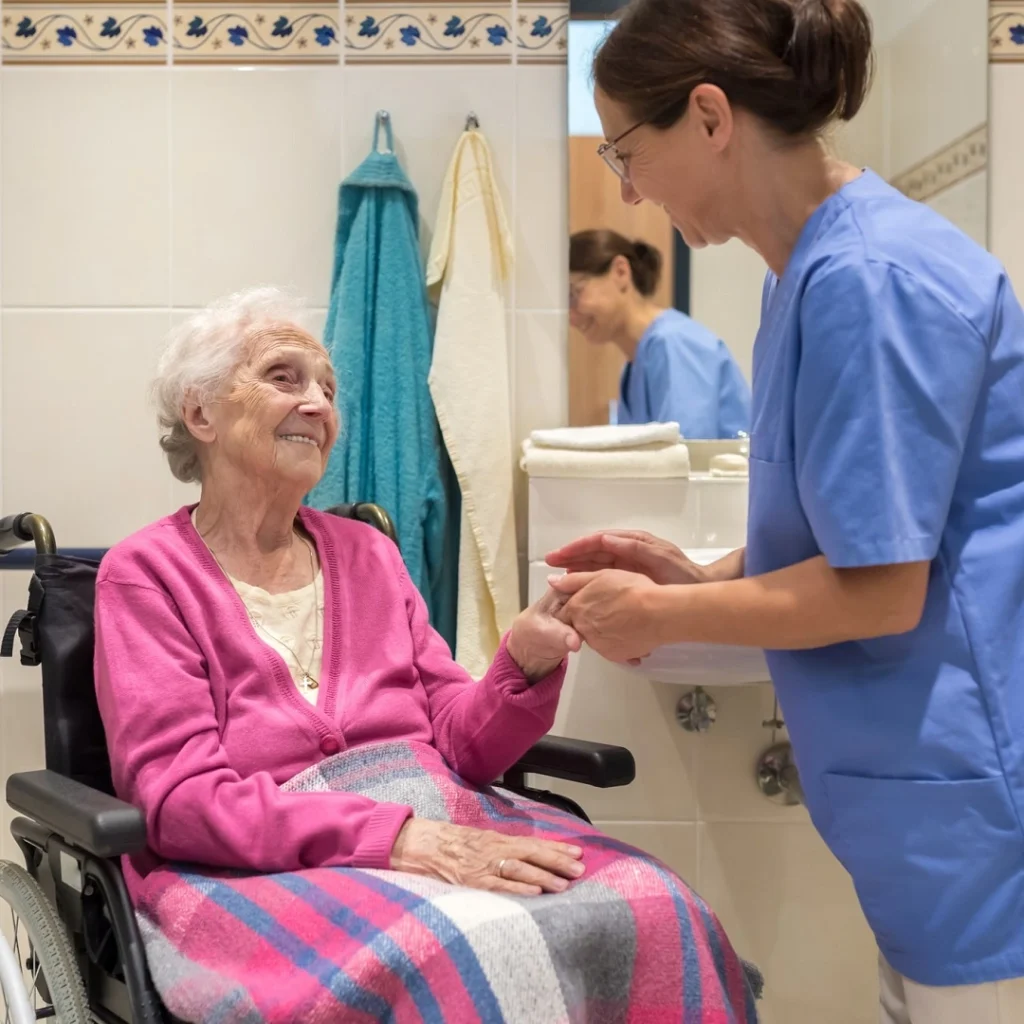Creating a steady daily flow is essential when managing TPN at Home Dubai A structured setup not only supports physical health but also helps reduce stress and builds confidence in handling the process independently.
Starting the Day: Preparing for TPN
Morning Routine Without Infusion
Most TPN infusions are scheduled overnight, meaning mornings often begin with disconnecting from the system. Here’s what typically happens:- Careful disconnection from the TPN line
- Flushing the catheter with saline and/or heparin to maintain line health
- Checking for signs of infection or discomfort at the catheter site
- Proper disposal of used supplies following safety guidelines
Midday: Normal Activities and Monitoring
Staying Active and Engaged
During the day, life for someone on TPN at home in Dubai can look surprisingly normal. Depending on energy levels and medical advice, people may:- Work or study from home
- Run errands
- Engage in light exercise or household chores
- Stay connected with friends and support groups
Routine Monitoring
Midday is a good time to:- Check infusion equipment for upcoming use
- Take notes on how the body feels—tracking fatigue, appetite changes, or unusual symptoms
- Stay organized by prepping for the next infusion in advance
Evening: Preparing for Infusion
Setting Up the TPN Infusion
Evening marks the start of the next TPN cycle. The setup process includes:- Hand hygiene and workspace prep to maintain cleanliness
- Gathering and checking supplies, such as tubing, connectors, and the TPN bag
- Inspecting the solution for any cloudiness or particles
- Priming the tubing to remove air
- Connecting the line to the central catheter carefully
Infusion Time
Most infusions last between 10–14 hours and are done overnight while sleeping. During this time:- The infusion pump is monitored for proper flow
- The person rests or sleeps, occasionally checking the line if needed
- If the pump beeps or pauses, troubleshooting may be required
Night: Managing Overnight Infusion
Sleeping with TPN
Sleeping with an infusion pump can take some adjustment, especially at first. Tips to make it more comfortable include:- Placing the pump securely nearby
- Using a long extension tubing for mobility
- Sleeping in a slightly elevated position, if recommended
Cleaning Up the Next Morning
Post-Infusion Tasks
After waking up, the TPN cycle ends with:- Disconnecting from the line
- Flushing the catheter with sterile solutions
- Removing and disposing of tubing and bags
- Wiping down equipment and organizing supplies for later use
Emotional & Lifestyle Considerations
Staying Mentally Strong
Managing TPN at home in Dubai can be physically and emotionally demanding. Establishing routines and building support systems are vital for:- Maintaining a positive mindset
- Reducing stress or isolation
- Building confidence in self-care

